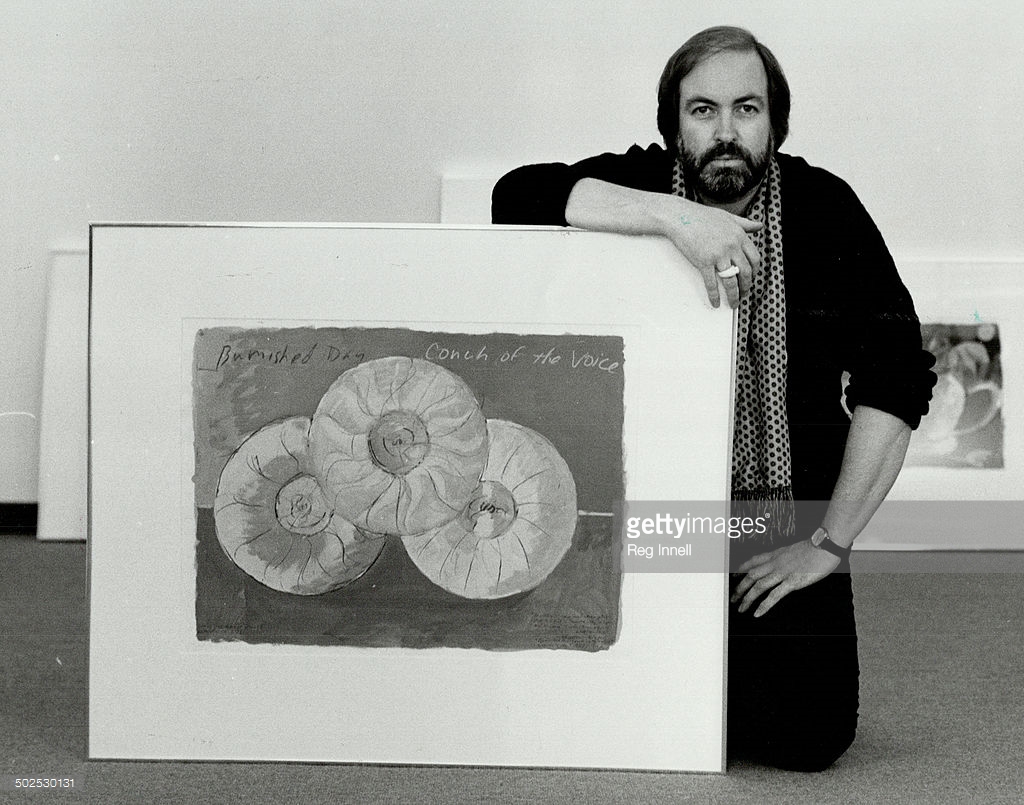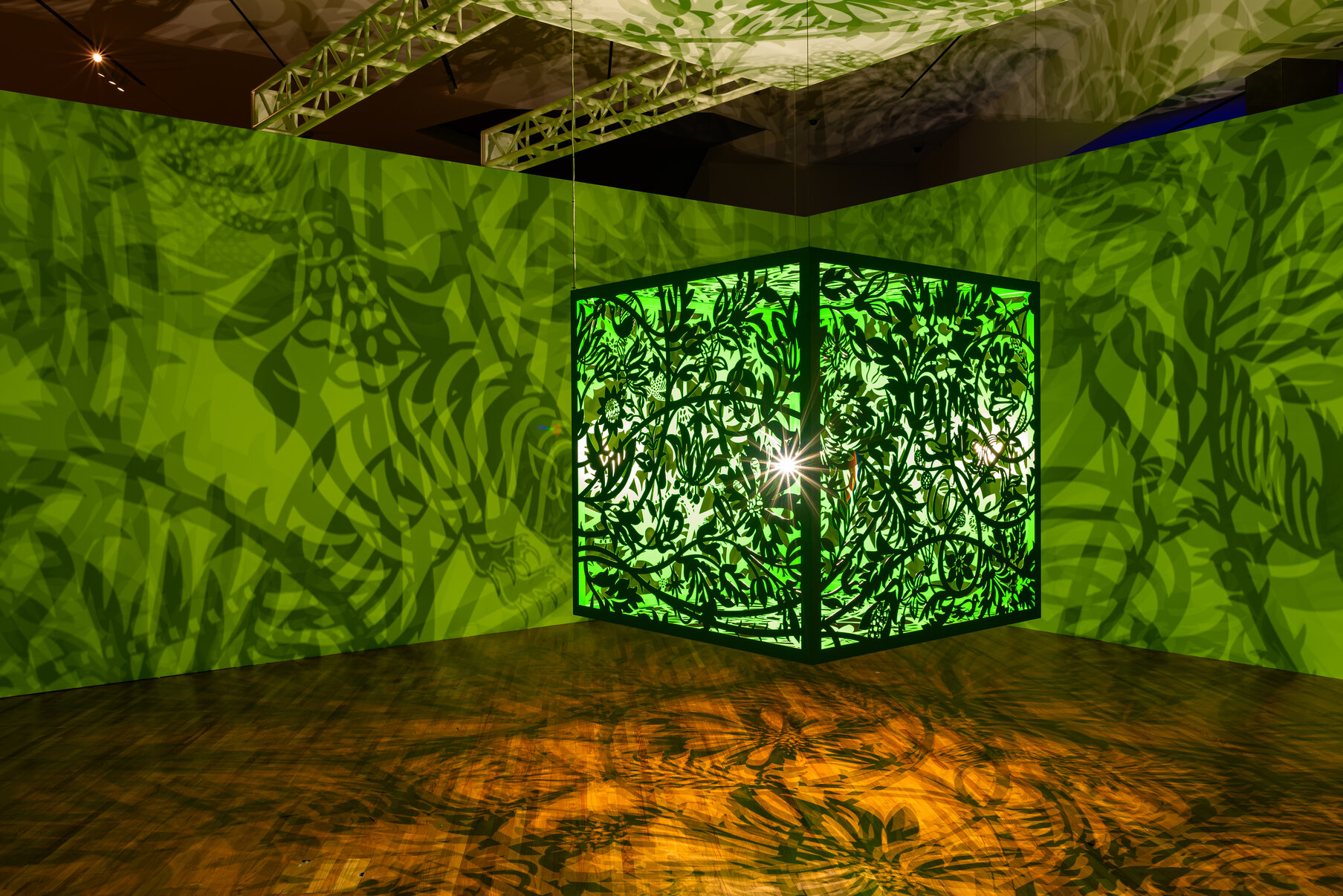“…but it is extremely difficult to watch oneself working….”
–Xavier deMaistre, Voyage Around My Room, 1794.
Q: When did you first paint?
A: In 1952, when I was twelve. My friend, Robert Nunn and I walked to the edge of the St. Lawrence river (we lived in Kingston) and despoiled a canvas board each. His despoiling was better than mine; his painting was bolder, louder and more decisive than mine. He was a barely pubescent Vlaminck or Derain. My painting was timid, abashed. It was a timidity, a diffidence, I then set about to outgrow.
Q: When did you first exhibit?
A: In lots of momentary, glancing-blow places, but my first SERIOUS exhibition was in 1983, at the Jane Corkin Gallery in Toronto. It was a big show of works on Paper. I was forty-three and in the throes of teaching and writing about art—other peoples’ art.

Q: Let’s jump ahead about 40 years. How did your summer-long exhibition at the Periphery come about?
A: Entirely through the kindness and courtliness—the agency—of architect, artist and musician Dimitri Papatheodorou, for whom the Periphery is both a country home and a six-acre estate-wide workshop near the pastoral, pixilated village of Warkworth, Ontario. Papatheodorou describes the Periphery as a landscape containing visual art, music, performance and architecture, seeing it as a “time-based project” where he pursues his painting (in the exquisite new studio he has recently designed and had built) and, in a spacious gallery next to it, mounts summer-long exhibitions of some artist whose work he likes (last summer’s exhibition was of paintings by Toronto-based artist Greg Angus).
Q: What makes up your Periphery exhibition?
A: It’s in two parts. The first is a small retrospective, a mounting of a dozen works on paper from 2005 to 2015. The second part, titled Passatempi, Painting in the Meantime, is a wall-sized array of about 75 recent small paintings (acrylic with collage) on rough hunks of raw cardboard, some of them (my favourites) only a few inches wide.
Q: What are they like?
A: They’re muscular and messy, wildly gestural, impatient, ecstatic, frenetic and as far as I’m concerned, almost unbearably beautiful. They make my chest tight.
Q: They are, as you say, awfully small. Why?
A: Because they are painted on very small pieces of throwaway cardboard—distaff, disreputable, ignoble shardsof cardboard, a lot of which come to me as the wrappings around books I’ve ordered or the boxes some foodstuffs like pasta come in. I save them all for painting. I love cardboard. I like its used look. It has a history.
Q: When do you paint?
A: Between writing poems. Which is to say, all the time.
Q: How long do you spend on a painting?
A: About 2-3 minutes. 5 minutes tops.
Q: What’s the rush?
A: I’m getting old. I’m eighty-five now.
Q: That’s the reason?
A: Nah. In fact, I’ve always worked that way. Back in 2010, when I was exhibiting my 1 Minute Cereal Box Landscapes everywhere, each one of them took me only a minute apiece. I’d make a whole exhibition in an hour. Labouring over a painting is okay, I guess, if you’re Magritte or somebody.
Q: What do you like about these rapid-fire cardboards?
A: Their hecticity, the rush of them, the meaning (sometimes august, symbolic and even mythic) that always—always—emerges from them. Not one of them is ever non-representational. And yet not one of them knows where it’s going when it starts out.
Q: What if you make a mistake?
A: I can’t. If a painting begins not to work—to bore me, for example—I subject it to some cleansing, cataclysmic event, like a sluicing of white paint—and then I start in to fix it. I haven’t lost one yet.
Q: How did you decide on their installation?
A: Dimitri did that. He’s an architect. He has a perfect sense of form.
Gary Michael Dault
July 16, 2025
